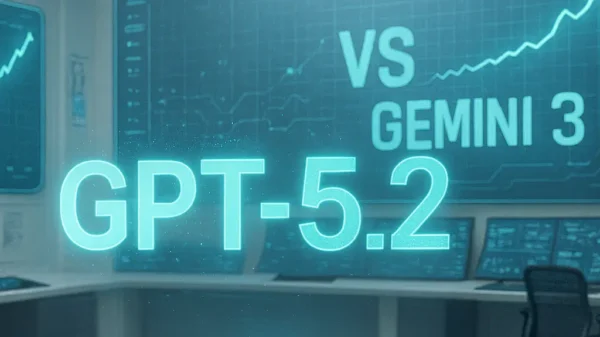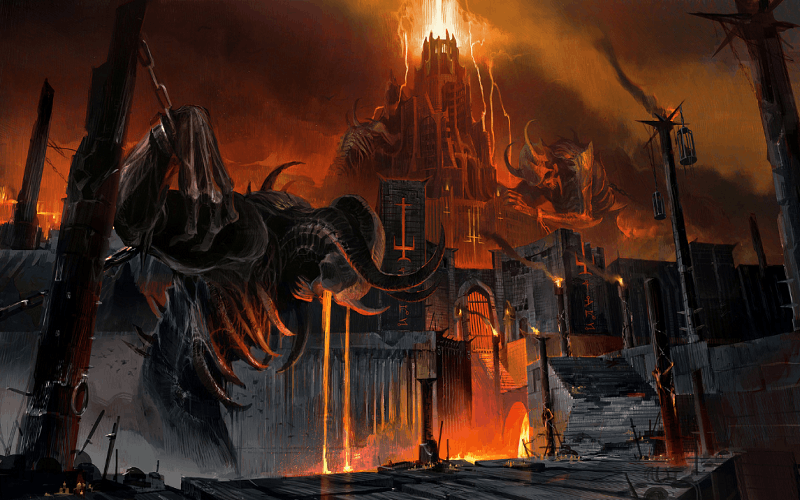While combing through the recently-released QuakeCon Doom: Eternal Gameplay Footage, I was impressed by the number of changes id had made to a formula that based its success off of its willingness to return to the basics of classic First-Person Shooters. And despite the obvious impacts of new additions such as a mid-air dash mechanic and a grappling hook that allowed players to zip up to enemies, there was one mechanic that definitely warranted further explanation: “Extra Lives”.
After cutting their way through a gaggle of demonic dudes, Doomguy hopped up on a raised platform to grab a pickup that resembled a holographic representation of his own helmet. Upon grabbing the item, a notification appeared on the player’s screen that said “Extra Life”.
Upon initially seeing this, I assumed it would function as a traditional “Lives” system in classic gaming: The player is given a limited number of retries to complete a given level, each life allowing them to start the level over or perhaps return to a nearby checkpoint. Once your lives have run dry, you lose, and have to start all the way from the beginning.
But, according to a recent interview on VG24/7, it appears the new “Lives” mechanic isn’t quite as harsh as I originally thought.
According to Matt Straton, Executive Producer of id Software, the new lives system is actually very similar to Doom 2016’s checkpoint system, and does not replace the original game’s checkpoints.
“We have a similar checkpoint system, it’s just now you don’t have to go all the way back to the checkpoint and play back through that combat encounter,” says Straton. “So if you’re almost to another checkpoint or you’re in a boss fight or something, your extra life, if you die, kicks in and the screen goes grey and you are invulnerable for a little bit. You can keep fighting, re-position yourself, and you’re right back in the action where you left off without losing any progress.”
So essentially, an extra life activates instantly upon a player’s death. If you die, you come back on the spot and are allowed to keep fighting.
But id software Creative Director Hugo Martin wants to make one thing clear: This isn’t an attempt to make Doom any less of a hardcore experience moving forward. Rather, one of the main reasons it was implemented was to account for the game’s new invasion system, where other players can take control of powerful demon opponents and invade your game
According to Martin, when other players kill you in an invasion: “It still counts as a death, but yeah, you don’t get penalised by going back, you can continue where you left off. It’s a fun gameplay loop and it’s a proven gameplay loop – it’s a safety net you’ve provided for yourself.”
But what about regular gameplay, for those who aren’t interested in invasions? Won’t it make that process a whole lot simpler by putting a “safety net” over player losses?
There’s been no official comment on this so far, but we’re thinking it’s just the opposite:
When it comes to game design, there’s a very thin line between an experience that’s frustrating and one that’s challenging. Challenging experiences push players to their limits, bringing them to the brink of death without actually killing them, or halting their progress for a large amount of time. Some games like Dark Souls pride themselves on instead being Frustrating, forcing a player to slowly memorize patterns and train skills over many failed attempts before finally coming out victorious.
However, this isn’t a design decision that matches up with what Doom 2016 was trying to do. Doom 2016 aimed to stay closely on the side of Challenging, crafting an experience that feels difficult while still making sure the player FEELS powerful. Experiences like Dark Souls craft stories of an underdog overcoming impossible challenges through persistance, while Doom is about an unstoppable demon slayer wading his way through the depths of H-E-DoubleHockeySticks. The gameplay challenges are crafted to reflect those themes.
Now, by offering a limited way to lessen the impact of deaths, Doom: Eternal has the opportunity to make its encounters even more difficult than those of the original Doom, creating encounters where players are expected to lose that extra life, which is fine because they’ve got another one. It allows the developers to up the ante of challenge without risking a player’s enjoyment.
Doom: Eternal is shaping up to be an interesting successor to the original. I’m excited to see how it develops and evolves on the road to its upcoming release on December 28th, 2018.
Featured Image via Flickr / Instacodez


















































Maya Asregadoo
August 16, 2018 at 11:22 pm
This is a great idea. It’s always frustrating to lose hours of progress.